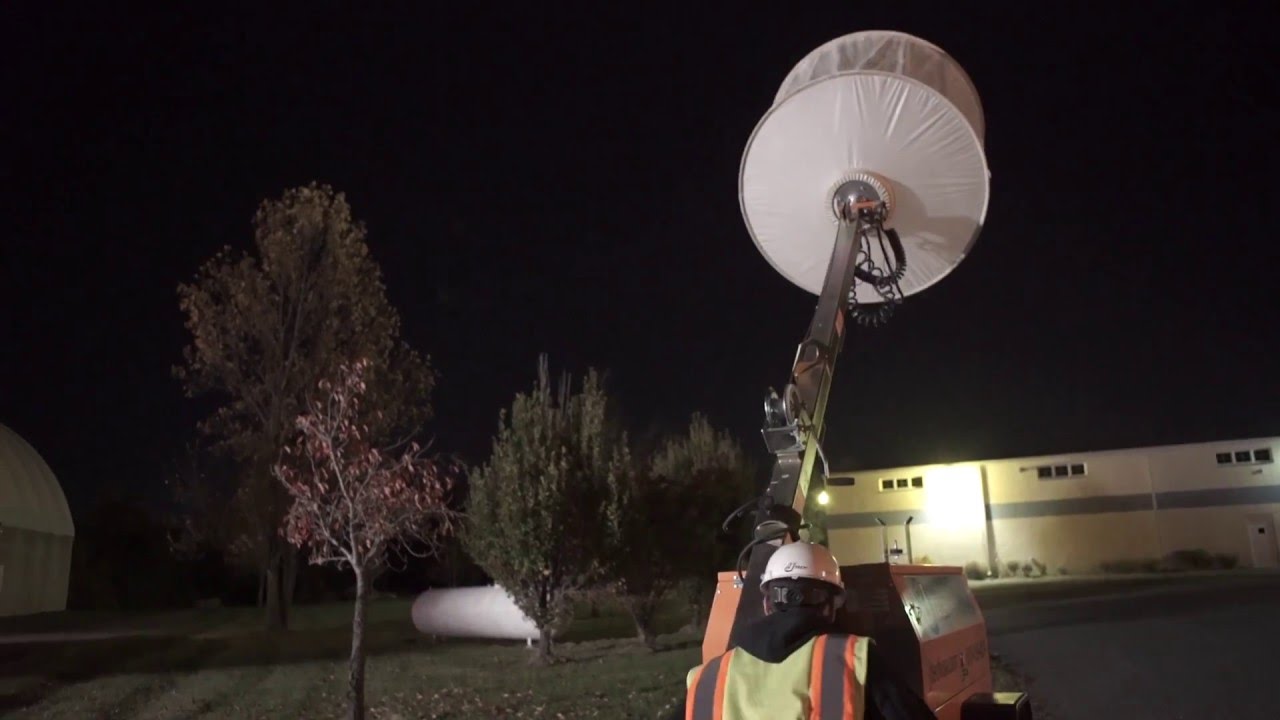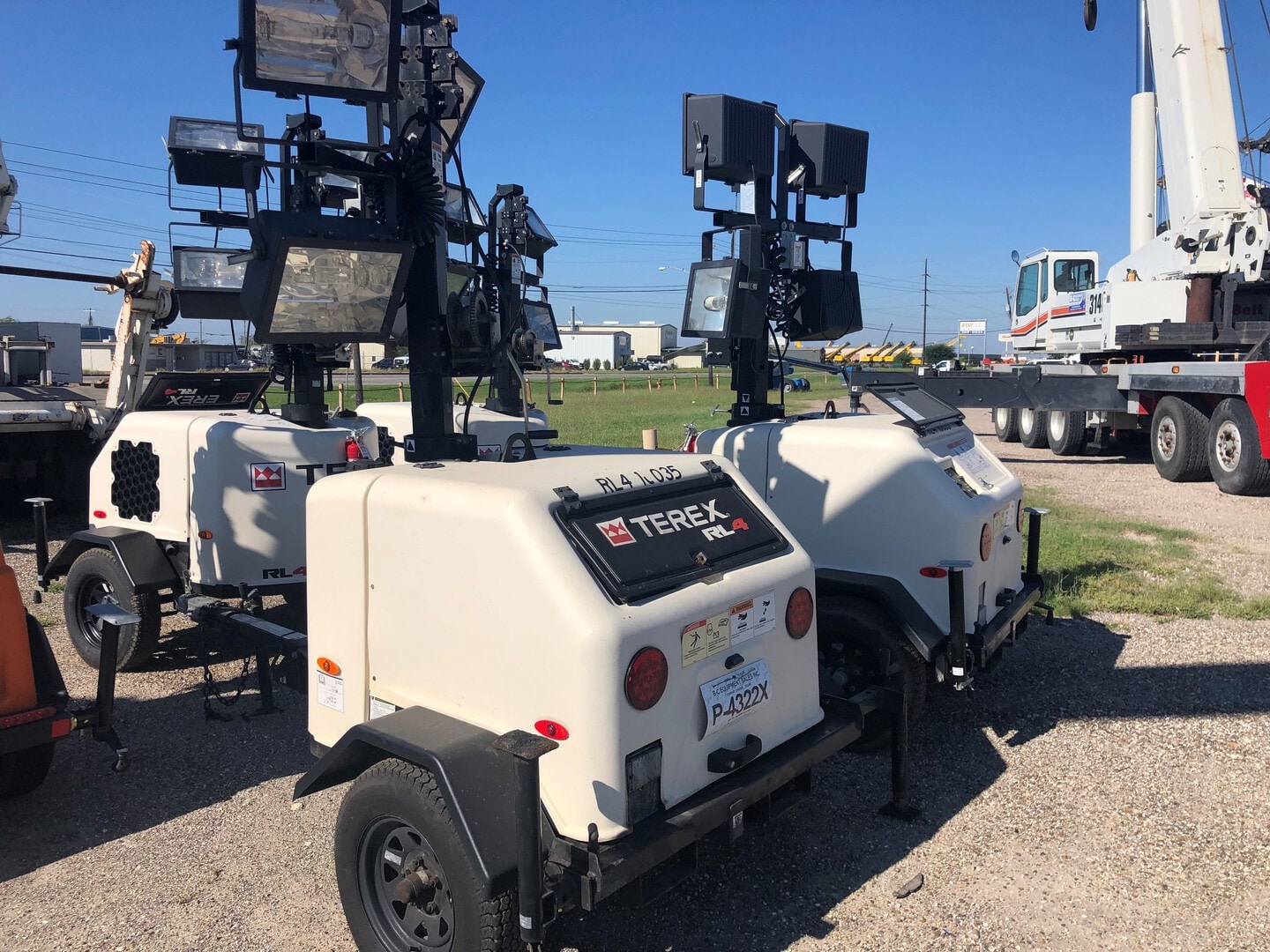Lighting job sites can be expensive and wasteful—especially when traditional towers are used without considering better alternatives.
Portable LED light towers save energy by using low-watt, high-lumen LED tech, while also reducing fuel and maintenance costs, setup time, and environmental impact.

LED technology has changed how we light up dark or remote work environments. If you're still using gas-guzzling, high-maintenance towers on your job site, it's time to see how portable LED light towers can do better. They’re not just about brightness—they’re about smart, cost-saving efficiency.
How do LED light towers reduce power consumption?
Traditional lighting uses halogen or metal halide bulbs, which burn more energy and heat.
LED light towers cut power use by up to 70% compared to metal halide or halogen lights.

LEDs use much less electricity. This helps reduce the load on your generators. In fact, a single LED tower can often run longer on the same fuel, or even operate battery-only for several hours. I’ve seen sites switch from halogen lights to LED and instantly notice a smaller fuel bill at the end of the month. Less power waste means you get more light using fewer resources. That also means you don’t need to refuel as often.
| Light Source | Power Consumption | Lifespan | Heat Output |
|---|---|---|---|
| Halogen Bulb | High | ~2,000 hrs | Very High |
| Metal Halide | Medium-High | ~10,000 hrs | High |
| LED | Low | ~50,000 hrs | Very Low |
Why does longer lifespan reduce lighting costs?
Frequent bulb replacement adds up—not just in parts, but in labor.
LEDs last 5x to 10x longer than traditional bulbs, cutting replacement costs and downtime.

Most job sites run lights for 10-12 hours a night. A halogen bulb might last two months. A metal halide, maybe a year. But a quality LED light? It can last for years under regular use. I’ve worked with crews who forgot they even needed to check the lights—they just kept working. Fewer replacements mean less maintenance, less inventory to stock, and no risk of losing light during critical work.
| Light Source | Average Lifespan | Estimated Annual Replacement |
|---|---|---|
| Halogen | 2,000 hrs | 5-6 bulbs |
| Metal Halide | 10,000 hrs | 1 bulb |
| LED | 50,000 hrs | 0-1 bulbs |
How does LED lighting help lower fuel costs?
Fuel is one of the biggest ongoing costs on any site, especially remote ones.
LED towers use less power, so your generators run less often and consume less fuel.

A typical halogen or metal halide tower needs a large generator, which burns fuel quickly. LED towers need much less. Some even run off solar or battery systems, completely cutting fuel use. On some job sites I’ve worked on, switching to LED meant only refueling generators every third day instead of daily. This saved both money and time, especially in areas where fuel delivery is expensive.
| Light Type | Generator Size Needed | Fuel Use (Per Night) |
|---|---|---|
| Halogen | Large (5kW+) | High (~10-15L) |
| Metal Halide | Medium (3-5kW) | Moderate (~6-10L) |
| LED | Small (1-2kW) or solar | Low (~2-4L or none) |
Does portability make job site lighting more efficient?
Setup and takedown times eat into labor hours and productivity.
Portable LED light towers deploy faster and easier, reducing setup time and labor costs.

Inflatable or collapsible LED towers can be deployed in just minutes by one person. That’s a big change from older towers that require two or more workers, tools, and time. I’ve watched crews lose entire evenings just because the lighting setup was complicated. With Moonlightia’s portable models, a single worker can handle lighting in under 5 minutes. That’s more time for actual work, and fewer people tied up with equipment.
| Lighting Type | Setup Time | Crew Required |
|---|---|---|
| Traditional Tower | 30-60 mins | 2-3 people |
| LED Tower (Rigid) | 10-20 mins | 1-2 people |
| Inflatable LED | 3-5 mins | 1 person |
Can LED towers reduce environmental impact too?
Fewer emissions, less waste, and more efficiency help meet sustainability goals.
LED towers cut carbon emissions by using less fuel and creating less waste, making them eco-friendly.

Today, many contracts require a sustainability report. LED towers help with that. Less fuel burned means lower CO₂ output. Longer lifespans mean fewer discarded bulbs. Portable towers can also operate with clean energy sources like solar or battery packs. I’ve had clients use our inflatable towers at eco-conscious festivals where generators were banned—our solution met both lighting and environmental standards with no problem.
| Feature | Traditional Towers | LED Light Towers |
|---|---|---|
| Fuel Emissions | High | Low |
| Bulb Waste | Frequent | Minimal |
| Noise Pollution | High (generator) | Low or none |
| Renewable Energy Ready | No | Yes |
Conclusion
Portable LED light towers cut costs and energy use with better efficiency, longer life, lower fuel needs, faster setup, and a lighter environmental footprint.




